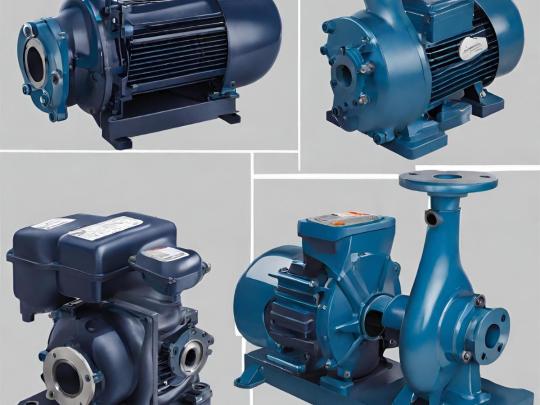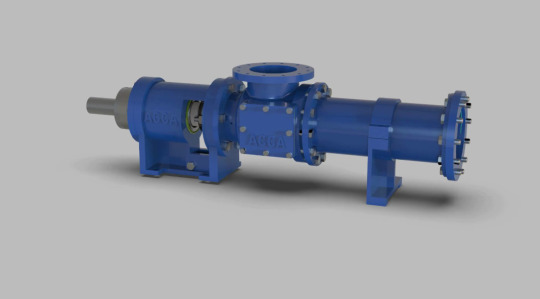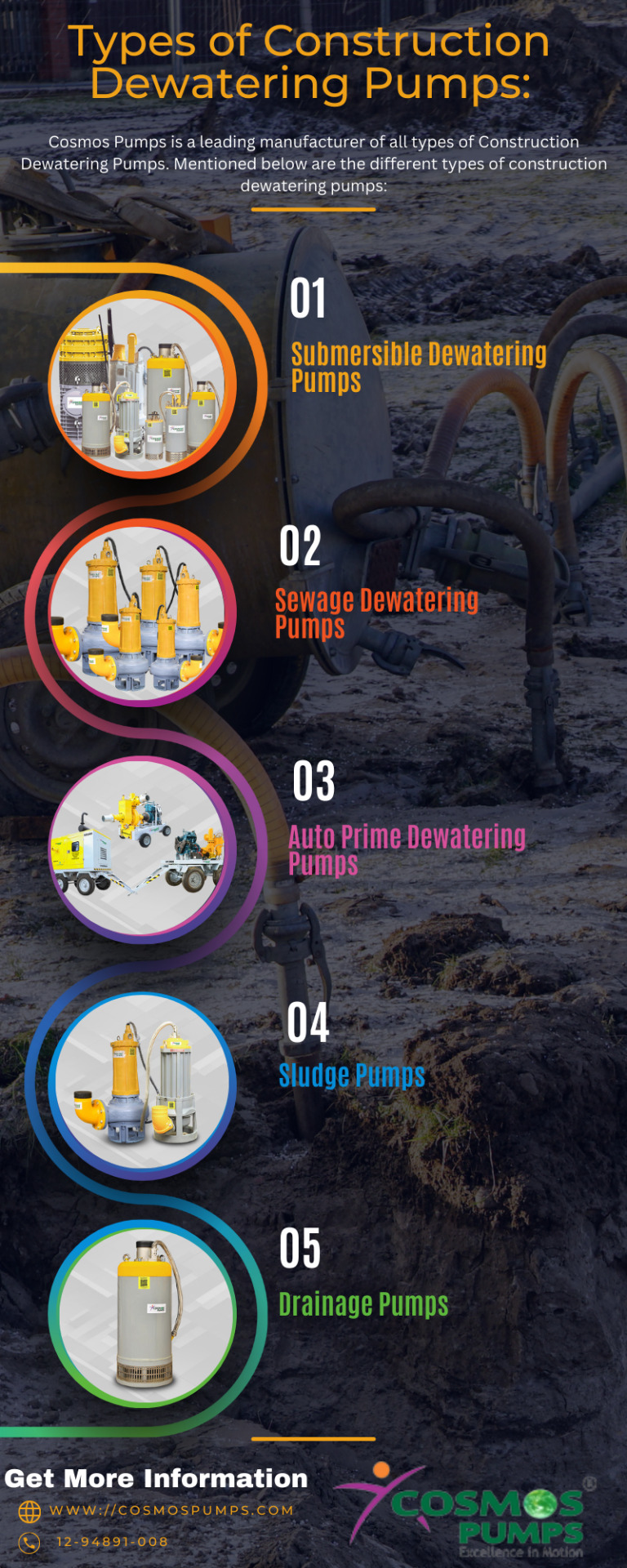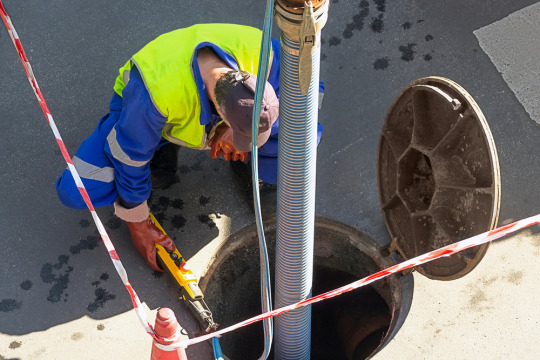#PumpPerformance
Explore tagged Tumblr posts
Text
Troubleshooting a Milwaukee Transfer Pump

Introduction
Milwaukee transfer pumps are reliable tools used in various applications, from dewatering to transferring water and other fluids. However, like any mechanical device, they can encounter issues that may hinder their performance. Understanding how to troubleshoot these problems can save time, reduce downtime, and extend the life of your pump. This guide will provide a detailed troubleshooting approach, covering common issues, diagnostics, and solutions.
Understanding the Milwaukee Transfer Pump
Milwaukee transfer pumps are designed to move water and other fluids efficiently. They are commonly used in construction, plumbing, and emergency dewatering scenarios. These pumps feature durable construction and battery-powered operation, making them portable and convenient.
Common Issues with Milwaukee Transfer Pumps
No Power
One of the most common issues is the pump not turning on. This can be due to battery problems, faulty switches, or electrical connections.
Low Suction
Low suction can hinder the pump's performance, often caused by clogged filters, air leaks, or impeller issues.
Overheating
Overheating can damage the pump and is usually due to overuse, blocked cooling mechanisms, or operating in high-temperature environments.
Leaks
Leaks can occur in hoses, seals, or the pump housing, leading to reduced efficiency and potential damage to the surrounding area.
Initial Diagnostics
Visual Inspection
Begin by visually inspecting the pump for obvious signs of damage or wear. Look for loose connections, worn seals, or any visible cracks.
Basic Checks
Perform basic checks such as ensuring the battery is fully charged, the pump is properly assembled, and all connections are secure.
Tool Requirements
Have the necessary tools ready, including screwdrivers, wrenches, and a multimeter for electrical testing.
No Power Troubleshooting
Battery Issues
Check if the battery is properly charged and seated. Swap with a known good battery to rule out battery failure.
Electrical Connections
Inspect all electrical connections for corrosion or loose wires. Tighten or clean as necessary.
Switch Problems
Test the power switch for continuity using a multimeter. Replace the switch if it is faulty.
Low Suction Troubleshooting
Clogged Filters
Remove and clean the inlet and outlet filters. Replace them if they are damaged.
Air Leaks
Check all hose connections for tightness. Apply sealant or replace hoses if air leaks are detected.
Impeller Problems
Inspect the impeller for damage or obstructions. Clean or replace the impeller as needed.
Overheating Troubleshooting
Cooling Mechanisms
Ensure that the cooling vents are not blocked. Clean any debris from the vents.
Usage Limits
Do not operate the pump continuously for longer than recommended. Allow the pump to cool down if it overheats.
Environmental Factors
Avoid using the pump in extremely hot conditions. Provide shade or ventilation if necessary.
Leak Troubleshooting
Seal Inspections
Inspect all seals for wear or damage. Replace any faulty seals to prevent leaks.
Hose Connections
Ensure that all hose connections are tight and secure. Use hose clamps if necessary.
Housing Cracks
Check the pump housing for cracks or damage. Repair or replace the housing if needed.
Motor Issues
Motor Noise
Unusual noises from the motor can indicate wear or damage. Inspect the motor and lubricate or replace parts as needed.
Stalling
If the motor stalls, check for blockages in the impeller or hoses. Ensure the power supply is consistent.
Motor Replacement
If the motor is beyond repair, refer to the manufacturer’s guidelines for replacing the motor.
Electrical Problems
Wiring Checks
Inspect all wiring for wear, damage, or corrosion. Replace any faulty wiring.
Fuse Replacement
Check and replace any blown fuses. Ensure the correct fuse rating is used.
Circuit Testing
Use a multimeter to test the electrical circuit for continuity and proper voltage.
Impeller Maintenance
Cleaning
Regularly clean the impeller to remove debris and prevent clogs.
Replacement
Replace the impeller if it shows signs of wear or damage.
Performance Testing
Test the pump's performance after cleaning or replacing the impeller to ensure proper operation.
Battery Maintenance and Replacement
Battery Life
Monitor the battery life and replace it when it no longer holds a charge.
Charging Practices
Follow the manufacturer's guidelines for charging to extend battery life.
Replacement Guidelines
Use only recommended batteries to ensure compatibility and performance.
Filter Cleaning and Replacement
Types of Filters
Familiarize yourself with the types of filters used in your pump model.
Cleaning Process
Clean filters regularly to maintain optimal performance.
Replacement Steps
Replace filters according to the manufacturer's instructions.
Pump Assembly and Disassembly
Step-by-Step Guide
Follow a detailed guide to disassemble and reassemble the pump safely.
Tool Requirements
Ensure you have all necessary tools before beginning.
Safety Tips
Always disconnect the power source before performing maintenance.
Usage Best Practices
Correct Operation
Operate the pump within its specified parameters to avoid damage.
Preventive Measures
Implement preventive measures such as regular maintenance and proper storage.
Storage Tips
Store the pump in a cool, dry place when not in use to prevent damage.
Regular Maintenance Routines
Scheduled Checks
Perform regular checks to identify and address issues early.
Parts Replacement
Replace worn parts to prevent breakdowns.
Lubrication
Lubricate moving parts to reduce friction and wear.
Signs of Wear and Tear
Identifying Issues Early
Look for signs of wear such as reduced performance or unusual noises.
Impact on Performance
Address wear and tear promptly to maintain pump efficiency.
When to Call a Professional
Major Repairs
For complex issues, seek professional repair services.
Warranty Issues
Contact the manufacturer if the pump is under warranty.
Expert Services
Utilize expert services for thorough inspections and repairs.
Frequently Asked Questions About Milwaukee Transfer Pump
Q. Why is my Milwaukee transfer pump not turning on?
A. Check the battery, power switch, and electrical connections.
Q. How can I improve the suction of my transfer pump?
A. Clean the filters, check for air leaks, and inspect the impeller.
Q. What should I do if my pump overheats?
A. Allow the pump to cool, clean the cooling vents, and avoid using it in high temperatures.
Q. How do I fix a leak in my transfer pump?
A. Inspect and replace seals, tighten hose connections, and check for housing cracks.
Q. What causes unusual noises in the pump motor?
A. Noises can indicate motor wear or damage. Lubricate or replace motor parts as needed.
Q. When should I replace the battery of my pump?
A. Replace the battery when it no longer holds a charge or fails to power the pump adequately.
Conclusion
Maintaining and troubleshooting a Milwaukee transfer pump involves regular inspections, timely repairs, and understanding the common issues that can arise. By following the guidelines outlined in this article, you can ensure your pump operates efficiently and reliably, minimizing downtime and extending its lifespan.
#MilwaukeeTransferPump#PumpTroubleshooting#MilwaukeeTools#TransferPump#ToolRepair#MilwaukeePower#WorkshopTools#PumpMaintenance#DIYRepair#PumpEfficiency#MilwaukeeEquipment#PowerTools#ToolTech#PumpPerformance#ReliableTools
0 notes
Text

Key Features of Autoprime Dewatering Pumps
The AutoPrime dewatering pumps are designed to provide excellent performance under all circumstances. To provide automatic 100% dry priming, the system consists of a vacuum pump and a priming tank unit. It removes air from the suction pipe and initiates pumping, even at suction heights of up to 9.8 meters. Place your order today.
#Autoprime#DewateringPumps#PumpSolutions#WaterManagement#ConstructionPumps#MiningPumps#IndustrialPumps#PumpTechnology#EfficientPumping#WaterControl#DewateringSolutions#SiteDewatering#FloodControl#HighCapacityPumps#PumpPerformance#DurablePumps#ReliablePumping#PortablePumps#HeavyDutyPumps#PumpInnovation
0 notes
Text

Diving into the world of efficient pumping! 💦 Pump Supplies proudly presents our top-notch Centrifugal Water Pump. 🚀💧 Elevate your pumping game with cutting-edge technology.
#PumpSupplies#CentrifugalPower#WaterPumpUK#EfficientFlow#PumpTech#InnovationInMotion#UKEngineering#FluidDynamics#PumpPerformance#WaterManagement
0 notes
Text
⏱️When uptime matters, Moyno keeps your process flowing. 🔁
#MoynoReliability #PumpPerformance #MoynoPCPump #ProcessFlow #IndustrialPump
https://accapumps.com/moyno-pumps/

0 notes
Text
🔷️Understanding #NPSH: Essential Knowledge for Pump Engineers 🔷️
NPSH (Net Positive Suction Head) is a critical concept in pump selection and performance. Understanding how to calculate and optimize NPSH can prevent cavitation and ensure efficient system operation.
👇🏻In this educational series, we’ll walk you through the key calculations and principles you need to know for maximizing pump reliability and longevity.
💡Dive into these insights and elevate your expertise in fluid dynamics.
#PumpEngineering #CavitationPrevention #FluidDynamics #PumpPerformance
🔷️ فهم NPSH: معرفة أساسية لمهندسي المضخات🔷️
تعتبر NPSH (الرأس الإيجابي الصافي للامتصاص) مفهوماً أساسيًاً في اختيار المضخات وأدائها. فهم كيفية حساب وتحسين NPSH يمكن أن يمنع التكهف ويضمن كفاءة النظام.
👇🏻في هذه السلسلة التعليمية سنأخذك عبر الحسابات والمبادئ الأساسية التي تحتاج لمعرفتها لضمان موثوقية وعمر المضخة.
💡استمتع بالغوص في هذه الرؤى ورفع مستوى خبرتك في ديناميكيات السوائل.
#هندسة_المضخات #منع_التكهف #ديناميكيات_السوائل #أداء_المضخات
0 notes
Text
Effective Pump Selection: Harmonizing Centrifugal Pump Specs with Usage Scenarios
0 notes
Text
Types of Construction Dewatering Pumps
Cosmos Pumps is a leading manufacturer of all types of Construction Dewatering Pumps. Our submersible dewatering pumps are applicable in various other industries as well. Mentioned below are the different types of construction dewatering pumps:

#DewateringPumps#ConstructionPumps#WaterManagement#JobsitePumps#WaterControl#PumpingSolutions#DrainageSystems#ExcavationPumps#SubmersiblePumps#CentrifugalPumps#TurbinePumps#DewateringEquipment#PumpingTech#FloodPrevention#PumpPerformance#ConstructionTech#SiteManagement
0 notes
Text
Why does my sewage pump keep running? 🚽🔧 Let's troubleshoot the common culprits and find a solution together! 💡
#SewagePump#Troubleshooting#PumpProblems#PlumbingIssues#MaintenanceTips#SewerSystem#HomeMaintenance#PumpPerformance#AskTheExperts#FixItRight
0 notes
Text
Submersible water pumps are essential for protecting your home or business from flooding. Understanding how they work and regularly inspecting and maintaining them is critical to ensuring a long lifespan of efficient operation. With the proper maintenance and repair, submersible water pumps will continue to provide adequate protection against floods while helping reduce energy costs in the long run.
#WaterPumps#SubmersiblePumps#EfficientFlow#VersatileSolutions#PumpItUp#WaterManagement#AquaticTech#Residential#Industrial#PumpPerformance
0 notes
Text

Don't let your sewage pump feel neglected! Proper maintenance ensures smooth operations. 💩🔧🛠️
0 notes